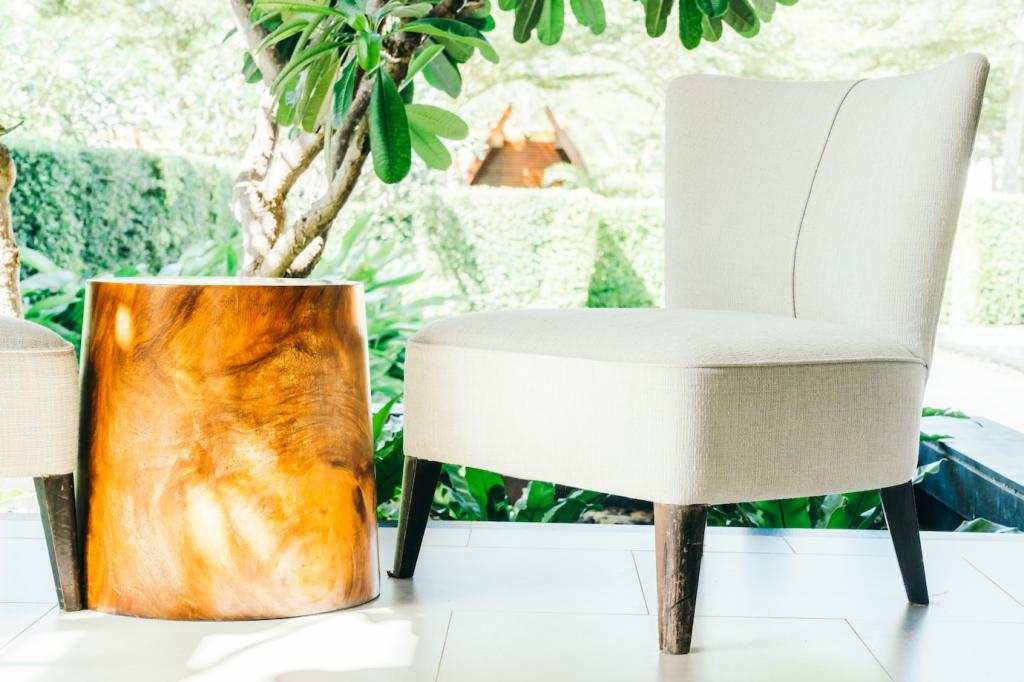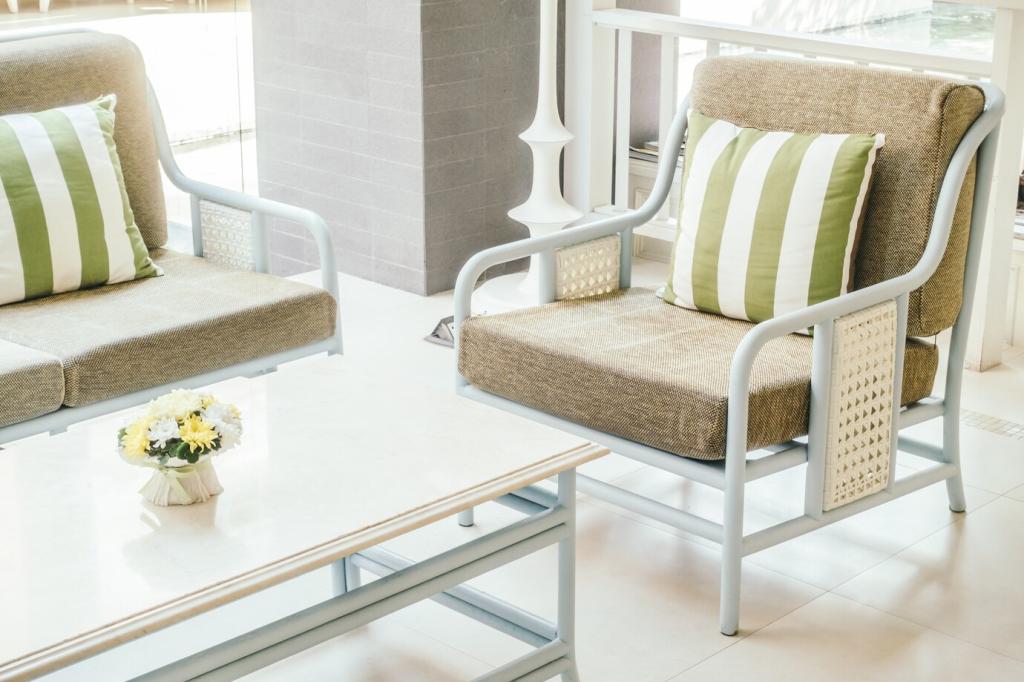Designing with Purpose: Eco-Friendly Materials for Sustainable Furniture
Chosen theme: Eco-Friendly Materials for Sustainable Furniture. Step into a world where comfort meets conscience, and every table, chair, and shelf tells a responsible story. Follow along, share your questions, and subscribe to learn how materials shape the future of better living.
Why Materials Matter: The Footprint of Furniture
Wood from responsibly managed forests supports biodiversity, safer harvesting, and long-term regeneration. Look for certifications like FSC and PEFC when choosing timber frames, legs, or veneers. Ask sellers to disclose sourcing. Your curiosity reduces hidden impacts and encourages brands to improve transparency across entire supply chains.
Embodied carbon includes all emissions created to extract, process, and transport materials. Dense, durable materials often last longer, but recycled content and efficient logistics can dramatically lower the footprint. Choose reclaimed wood or recycled metal when possible, and favor local suppliers to reduce travel emissions meaningfully.
Trustworthy labels simplify complex research. FSC and PEFC address forest stewardship, Greenguard Gold focuses on low chemical emissions, and Cradle to Cradle evaluates material health and circularity. If a product lacks certification, ask why. Your questions signal demand for safer, eco-friendly materials in mainstream furniture.
Bamboo’s Speed and Strength
Bamboo can mature in just a few years and, in ideal conditions, grows astonishingly fast. Engineered bamboo panels and laminations deliver excellent strength for frames and tabletops. Insist on responsibly processed bamboo to avoid excessive adhesives, and choose low-emission finishes to keep indoor air fresh and breathable.
Cork’s Soft, Silent Resilience
Harvested from bark without felling trees, cork is renewable, elastic, and naturally antimicrobial. It dampens sound, cushions impacts, and resists moisture—perfect for chair seats, drawer liners, or side table surfaces. Support producers who prioritize biodiversity, and ask makers about binders used in cork composites for healthier interiors.
Hemp and Flax Composites
Plant fibers like hemp and flax become strong, lightweight panels when paired with eco-conscious resins. These bio-composites reduce reliance on petrochemical plastics while offering warm textures and robust performance. Explore makers experimenting with bio-resins and request technical details, so you understand durability, emissions, and long-term maintenance needs.
Reclaimed and Recycled: Second-Life Surfaces
Reclaimed Wood With a Story
A carpenter told us about salvaging maple gymnasium flooring—complete with faint court lines—to craft a dining table. The piece sparked conversations at every meal and saved premium timber from the waste stream. When buying reclaimed wood, ask about origins, treatment history, and potential finishes for a healthy home.
Recycled Metals That Endure
Steel and aluminum can be recycled repeatedly without losing core properties. Frames and brackets made from high recycled content deliver strength and longevity with lower emissions. Check for powder-coated finishes with low VOCs, and request documentation showing recycled percentages to verify genuinely eco-friendly materials used.
Textiles From Bottles and Nets
Recycled polyester (rPET) turns bottles into durable fabrics, while regenerated nylon repurposes fishing nets and industrial waste. These textiles shine in upholstery and webbing, especially when combined with plant-based foams. Ask brands for third-party emissions testing and clean-dye processes to protect indoor air quality and sensitive skin.
Healthy Finishes and Adhesives
Natural oils like linseed and tung, paired with beeswax or plant waxes, enhance grain while minimizing harmful emissions. They age gracefully and are easy to refresh when scratches happen. Always ventilate during application and confirm testing standards, so your furniture looks beautiful and your air stays clean longer.


Healthy Finishes and Adhesives
Modern water-based adhesives and formaldehyde-free resins significantly reduce off-gassing. Look for no-added-urea-formaldehyde (NAUF) panels and soy- or casein-based glues when available. Ask makers which adhesives they use inside joints and laminations, because hidden glues can influence indoor air quality for years after purchase.
Circular Design and Longevity in Practice

Fasteners beat glues when you want to repair or recycle. Screws, dowels, and snap-fit components allow parts to be separated and replaced. Request assembly diagrams and spare parts from brands. The more reversible the joinery, the easier it is to keep eco-friendly materials in use for decades.
Your Sustainable Furniture Action Plan
Which eco-friendly materials are used, and are they certified or recycled? What is the finish, and are VOC levels verified? Can I replace parts or covers later? Answers reveal hidden impacts and help you choose pieces that truly align with your sustainability goals and daily needs.
Your Sustainable Furniture Action Plan
Begin with a side table in reclaimed wood or a cork-topped stool finished with low-VOC oil. Log what works, what off-gasses, and what wears best in your space. Then scale up confidently, applying lessons to sofas, beds, and storage with reliable, eco-friendly materials throughout.


